by Oliver DeMille
“As Father had taught him, he did not believe the first explanation his mind leapt to. ‘It will often be right, and as you get more experience of life is will usually be right. But it will never be reliably right, and you must always think of other possible explanations or, if you can’t, then at least keep your mind open so you will recognize a better explanation if one emerges.’”
—Orson Scott Card, Ruins
How to Think
 There are several things I like about his little passage. First, the fact that the father is doing the teaching is important. If you’ve read the book that this quote came from you’ll know that there is a further twist on this. But one important thing fathers can teach young people is how to think.
There are several things I like about his little passage. First, the fact that the father is doing the teaching is important. If you’ve read the book that this quote came from you’ll know that there is a further twist on this. But one important thing fathers can teach young people is how to think.
How to think! That’s really the main purpose of schooling, anyway. Unfortunately, this is too often forgotten.
The best way to teach someone how to think is naturally, while reading a book together aloud as a family, or while working on a project in the yard, garage, or kitchen. There are so many opportunities for something like this to come up—if you’re thinking in terms of teaching and mentoring.
Show, Then Tell
This level of lesson (to analyze your own thoughts, and learn how to think) is best taught to youth over 12 years old, during Scholar Phase, especially after you have been discussing books with the child for several years. After showing them how to think about what they read, not just accepting their first thoughts but really considering various options, it’s easy for them to grasp the same idea when you tell them.
Show, then tell. This is a most powerful pattern for mentoring.
Here’s how it works. You’re reading a book aloud together as a family, say Little Britches by Ralph Moody. You come to a part where Mother wants young Ralph to be punished for getting into a fight, but his Dad is actually proud of him for standing up for the right.
You stop reading, and ask the family, “Why does Ralph’s Mother think he did something wrong?” You let each person share his or her thoughts. Then you ask, “But why is Father proud of Ralph?”
Again, everyone gets to share. Then you continue your gentle questions, not truly “Socratic” in the modern definition, because Socrates actually had a hidden agenda and asked the specific questions that took his listeners in the direction he wanted.
Instead, you ask questions more like Mr. Stanton in Laddie or Charles Ingalls in The Little House in the Big Woods: because you are genuinely interested in the answers, because you really want to know what your youth is thinking, and because you really want to help the youngster you are teaching.
You continue your questioning: “Who do you agree with more, Mother or Father?” Let everyone discuss. Then, “Is it possible that both of them are right, in some way?” Discuss. “Okay, those who think Father is right and Mother is wrong, switch sides. How might Mother be right?” Discuss.
“How might Father be right, for those of you who said he was wrong?” Discuss. “Different topic: what might be different if Mother and Father had talked about this in front of the kids, or in private together before announcing their decision to the kids?” Discuss.
And on it goes. Just make sure it stays fun. If it stops being fun, you have an easy solution. Simply turn back to the book and start reading again. This kind of questioning creates conversation. It creates connections. It creates bonding in your family. Above all, it creates thinking.
Guide, not Boss
This process teaches young people, and old people for that matter, how to think. Frankly, this can be a very hard thing to teach—but this method makes it simple. Using this kind of reading aloud and discussion, it’s easy. And fun.
One more thing: Don’t share your personal opinion on each question until everyone else has had a chance to fully share. Nor do you need to share your opinion on every question. Let them discuss. Be the guide, not the boss.
But do share your opinion, sometimes. This makes you a leader. Once in a while during the discussion, say what you think, and explain why you think it. Then, and this is the most important thing of all, tell the family that this is just your current understanding, that you hope to develop it and possibly change it – in some ways, or even completely – as you keep thinking about it and hearing different views and learning more. Communicate in word and attitude that they are welcome to have different perspectives—because that helps us all learn how to think.
“We’re all trying to learn,” you say. “The key is to really think things through and feel things out, not just automatically accept everything a book or person says.”
Repeat this kind of conversation over and over—each time you come upon something interesting in the reading.
Practice this, and you’ll get better. So will everyone in your family. Just don’t turn discussions into arguments or power struggles—that isn’t fun for most people. Again, if it ever stops being fun, you have an easy solution—say, “Okay, let’s keep reading. I can’t wait to find out what’s happening next…” Then read in the book. Never end the session with an argument. Instead, read more aloud.
Kinda-Socratic Method
This kind of leadership, what we might call the Kinda-Socratic-Method, or the Caring-Socratic-Method (actually, Socrates does care, he just seems to care a lot more about the ideas than the people—and that’s not our goal), is incredibly helpful in family learning—especially during Scholar Phase. And it’s far more effective for Scholar Phase students if they’ve been doing it for years in Core and Love of Learning phases.
Remember: While you read aloud with the family, stop and discuss. Question, talk, share different views, and then keep reading…
Teach them how to think, not what to think. This is great education.
Mentor Challenge:
This week, as you read with your family, ask a few open-ended questions about topics that are relevant to relationships, current events, personal challenges, or the like. Show restraint in really listening, and allowing them to discuss, without taking charge too much. Share your feelings in a humble and supportive way. Repeat.
For help from Oliver DeMille on How to Mentor, subscribe to Mentoring in the Classics >>
****************
 Oliver DeMille is the co-founder of the Center for Social Leadership, and a co-creator of TJEd. He is the NY Times Bestselling co-author of LeaderShift, and author of A Thomas Jefferson Education: Teaching a Generation of Leaders for the 21st Century, The Coming Aristocracy: Education & the Future of Freedom, and FreedomShift: 3 Choices to Reclaim America’s Destiny.
Oliver DeMille is the co-founder of the Center for Social Leadership, and a co-creator of TJEd. He is the NY Times Bestselling co-author of LeaderShift, and author of A Thomas Jefferson Education: Teaching a Generation of Leaders for the 21st Century, The Coming Aristocracy: Education & the Future of Freedom, and FreedomShift: 3 Choices to Reclaim America’s Destiny.
Oliver is dedicated to promoting freedom through Leadership Education. He and his wife Rachel are raising their eight children in Cedar City, Utah.




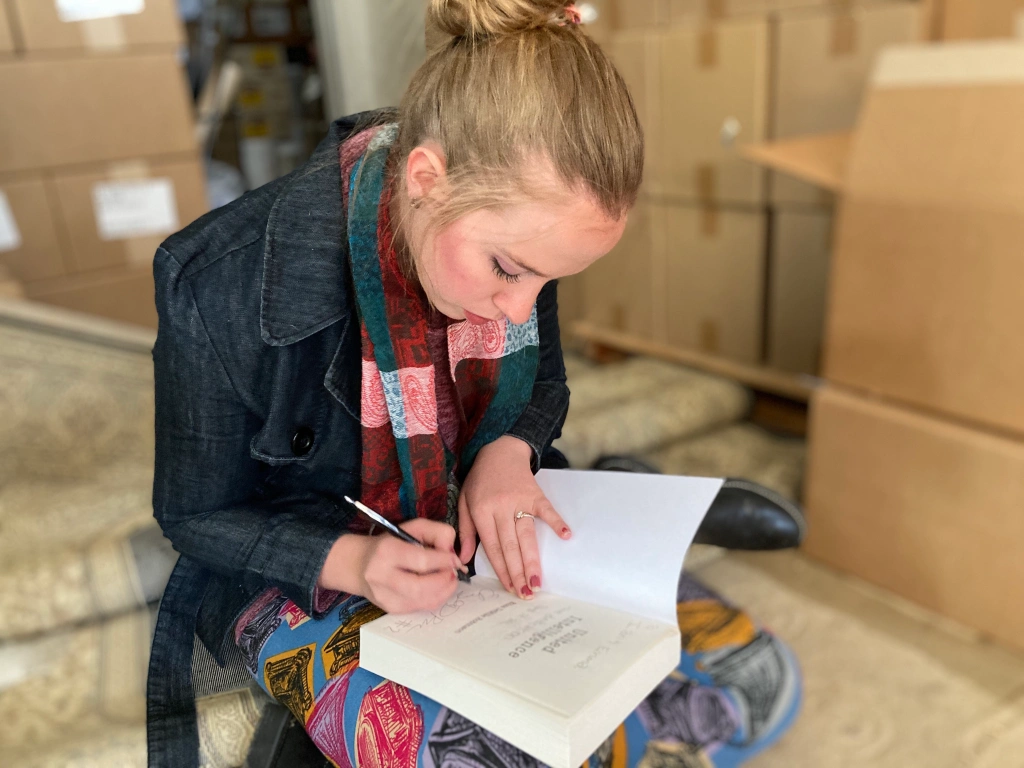
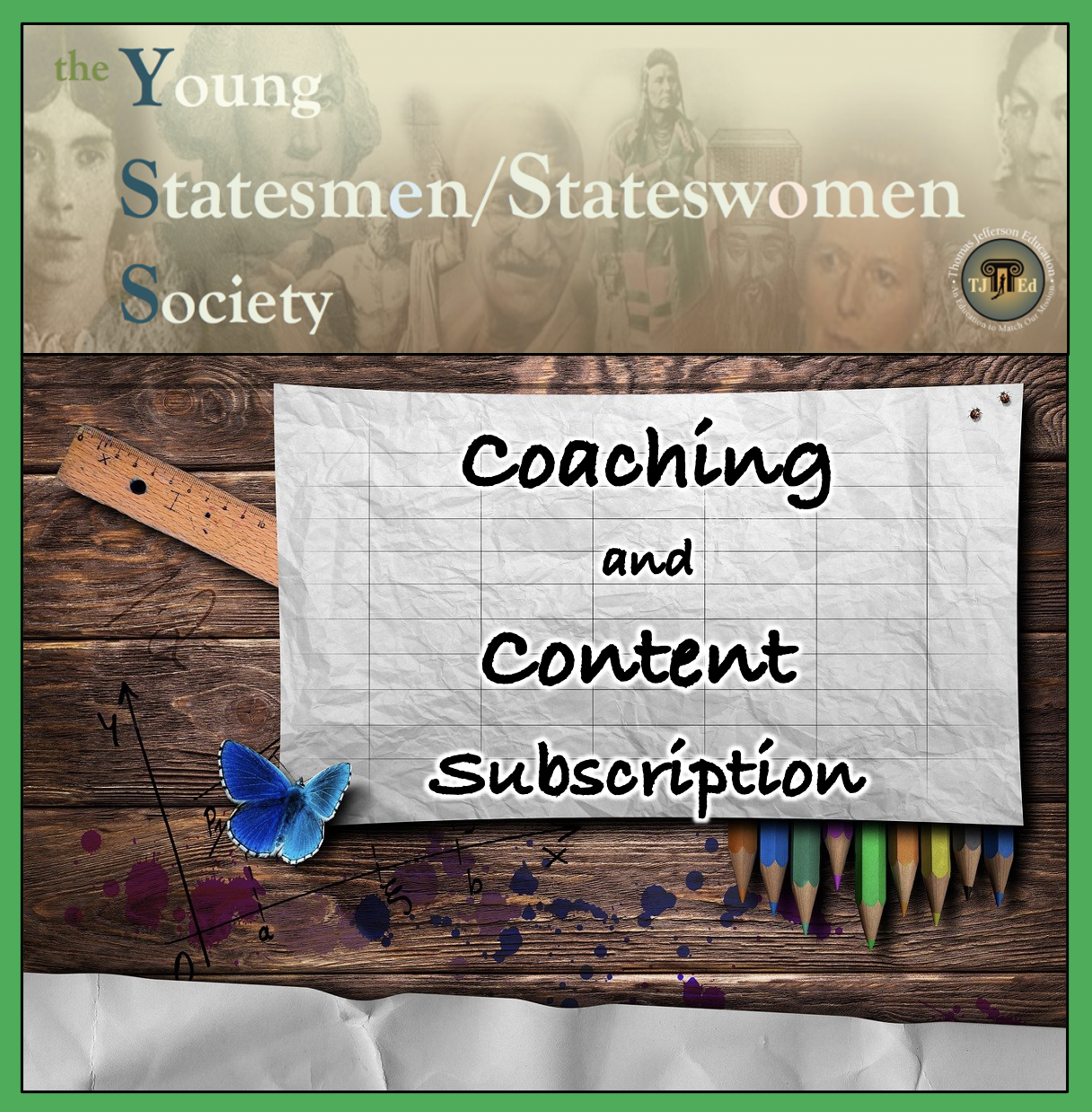
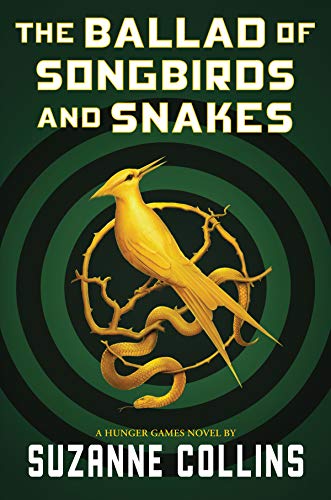

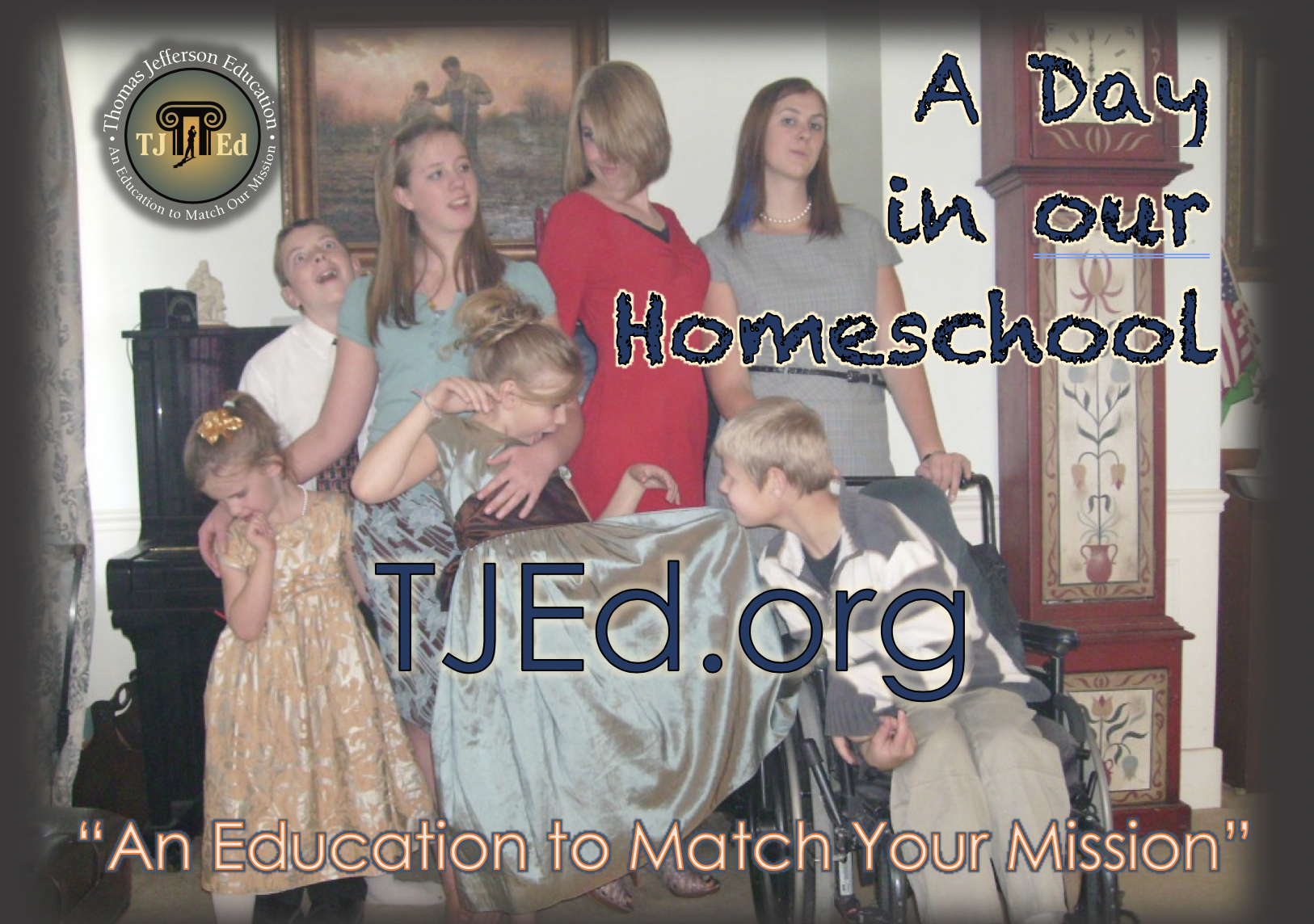



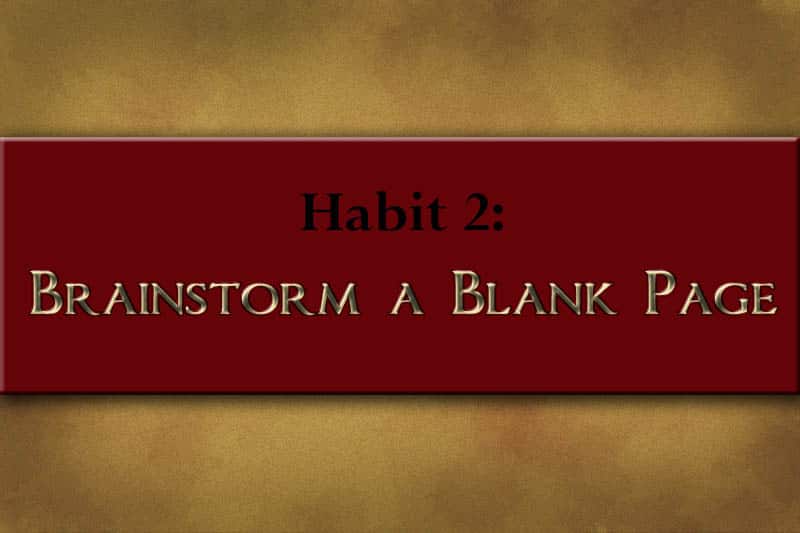








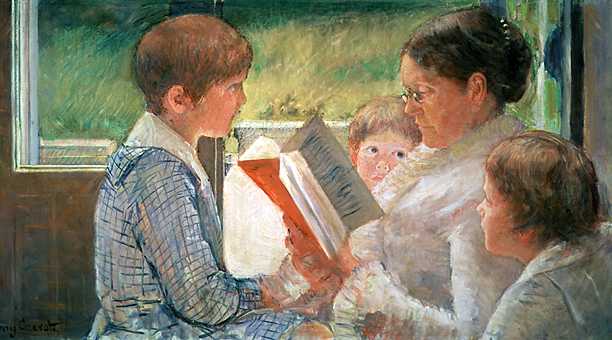

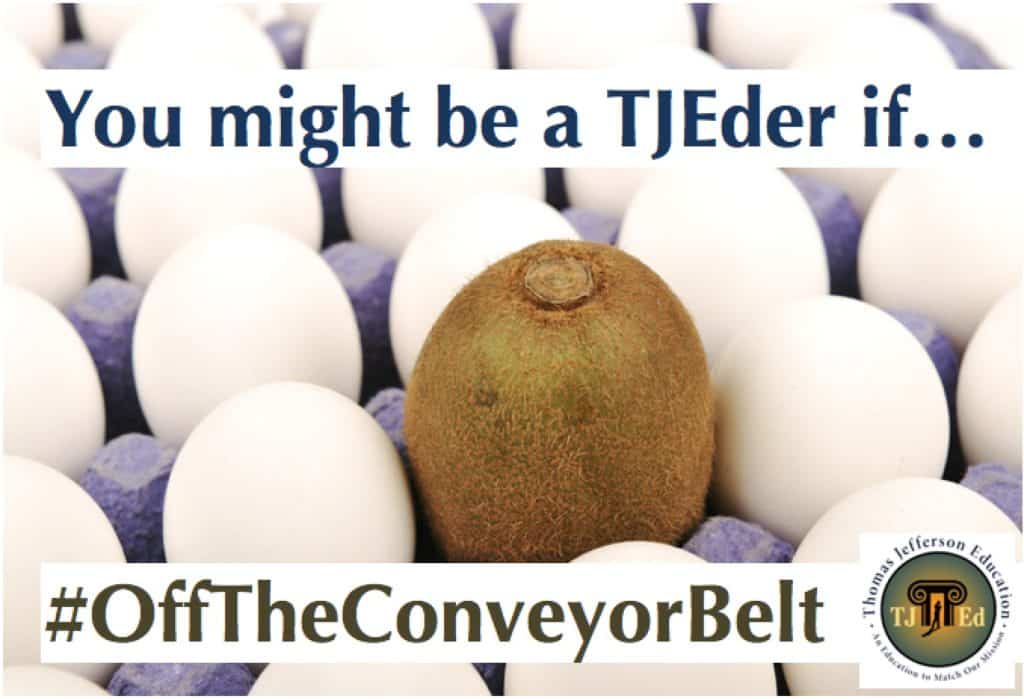


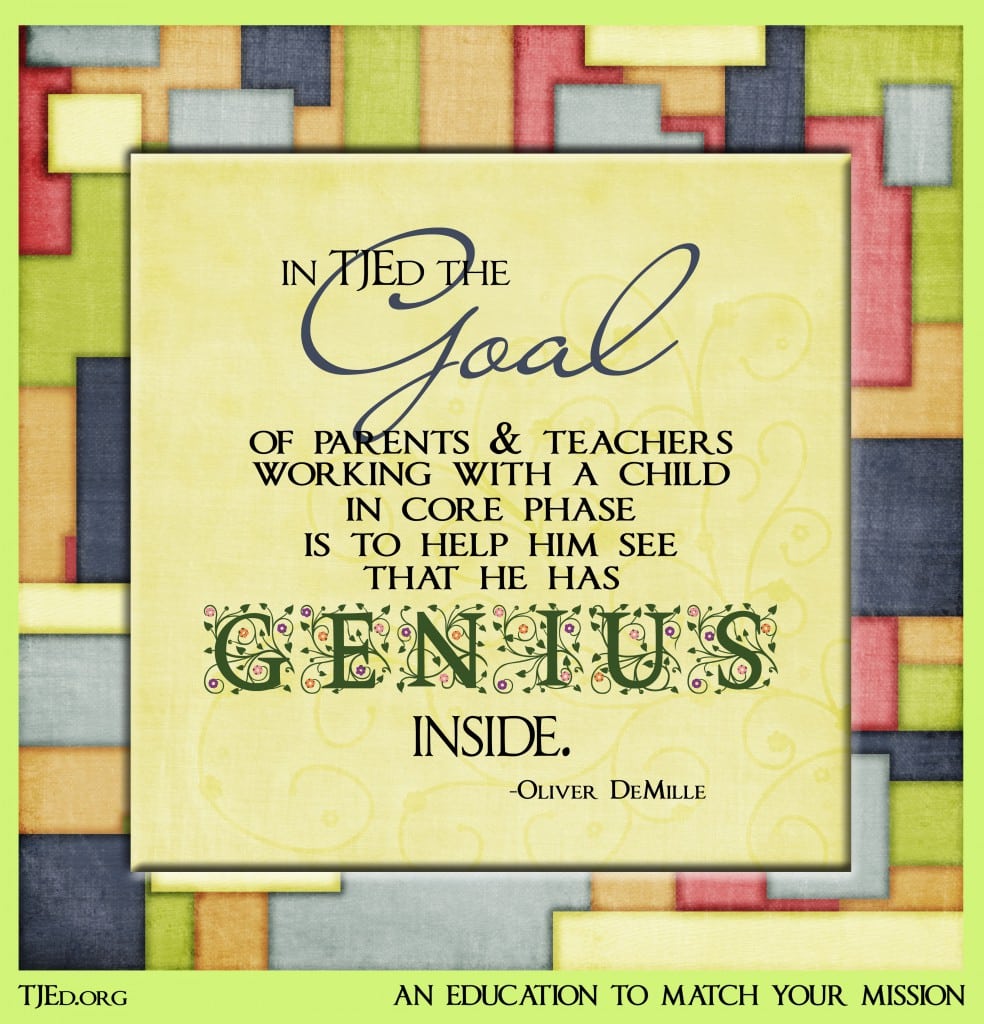



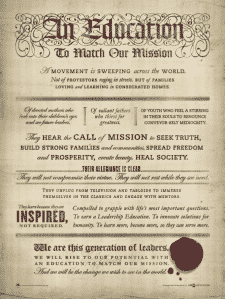



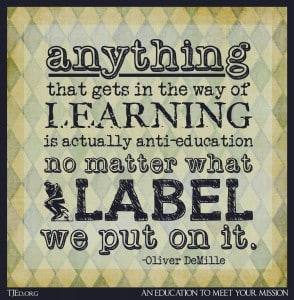
I love this article Oliver. So timely for what I am working on right now- asking questions and really listening while allowing them their own opinion. It’s really hard to switch my brain over from the old ‘boss’ kind of thinking.
I wanted to share one thing that is helping me learn the mentality behind this is a lesson I learned in my garden called the PParable of the Peas. This lesson is a true classic that keeps teaching me new lessons. SO AMAZING! I just shared it on my Webinar last week if you care to listen. Here’s a link if your interested:
http://www.youtube.com/watch?v=ESQ7k-BWzwA
I really want to get to this point, but am struggling to do the family reading. My five kids are ages 2-10 and I don’t know how to get them settled enough to sit and listen to chapter book reading. Since they can’t all possibly sit next to me even if there are pictures and need something to occupy them that is quiet. I’m sure there are many ways to make it work–teaching some to knit, etc, but I’ve struggled for several years now on this, and am wondering if I can get more ideas to help them sit quietly and listen.
Thank you!
Hi Christine,
I don’t know if your on the TJED facebook group. This would be a fabulous question for there- they are deeply thoughtful and experienced. Here’s a link just in case you need it.
https://www.facebook.com/groups/TJEdDiscussion/
Personally, I have had partial success here. I have 4 children between 4-9. My 7 year old is very curious & will stay with me most of the time. She likes to draw pictures of what I am reading about. She did a great house with Little Britches. I love to see her creative mind think. My 5 year old is bouncy and bubbly and in and out. I hope she catches something here and there. The more we sit down and read as a habit, the more they ‘get it’ that it’s just part of our family culture. I’ve been pushing it forward for about 3 years and I think it’s finally starting to stick.
To the victory of your family,
Pennie Rumsey
Christine, you could go about this a couple of ways: 1) have a floor-play area where kids can quietly color or build with legos, etc. 2) have story time with little ones before putting them to bed, and do chapter reading with those who are more ready for it after babies are tucked away. I second the idea of asking your question on the TJEd Discussion group. You’ll find lots of brilliant, inspirational, supportive TJEd parents and mentors there!
Perhaps it is because I was raised in a home with very firm, opinionated parents, but I struggle with this ‘open ended’ type of discussion. What if I am attempting, like Socrates, to guide my child to the conclusion I want him to arrive at? When is the time to stand firm and teach a principle I believe in vs. letting a child arrive at any conclusion on their own? I struggle to find a balance.
I would dearly love to see that question discussed by the parents and mentors on the TJEd Discussion Group: http://facebook.com/groups/tjeddiscussion/
I started my “family reading” when my first child was still quite young, by reading in the car as we went anywhere as a family. I chose books I was most interested in, and so didn’t care much if my 3 year old was listening or not. Now I have 4 children ages 1 to almost 7, and the two youngest sometimes listen in, or are asleep when we read, but the older two Love to hear me read, and beg me to “read one more chapter” at the end of each chapter. It has helped me to keep reading, by setting the expectation of “family reading” each night and doing it, and also choosing something I LOVE. The kids see that I get excited about it, and so they are too.
I love the emphasis on reading something YOU love, Anita! SO true!!
I’ve just started implementing the TJED principles in my home. My kids are ages 14-4. They love it when I read aloud, however when I try to discuss what we are reading rarely do they want to discuss it and more often than not they either don’t have an opinion or give me one word answers. Any ideas on how to inspire them to participate and engage in conversation.
Thank You!
Melanie, maybe rather than trying to get them to share, give them some earnest, heart-felt asides, or funny memories, or interesting factoids here and there, to spice up the reading. By and by they’ll learn that sometimes reading is interactive, and not passive, and they’ll naturally start to throw in their $0.02.